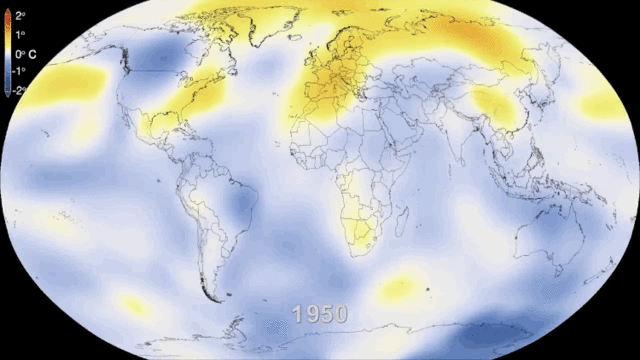What Happened?
Melbourne, Australia, intends to be carbon neutral by 2020 by increasing energy efficiency, reducing consumption and improving wasting management practices. The decision to lead energy efficiency strategies comes after realizing the negative impacts climate change has had on the local economy.

So What?
Melbourne, like many municipalities worldwide, has experienced dramatic weather changes including increased temperatures, low rainfall and other atypical weather conditions as a result of perceived increased greenhouse gas emissions. Australia’s natural climate leaves it particularly vulnerable to the effects of climate change, so a low carbon strategy satisfies demands of both environmentalists and economic strategists.
Analyzed in a recent study from the United Nations Habitat program and the International Resource Panel, Melbourne’s carbon neutrality strategy has garnered the city a reputation and global acclaim as a hub for innovative, eco-friendly developments. The city is nurturing science and business partnerships to advance building retrofits that has created new jobs, economic opportunities and benefits for civilian life.
Next Steps
The city’s carbon neutrality strategy has created vital partnerships with other cities and countries also interested in eco-friendly building designs, green energy sources and reducing carbon footprints on a large scale. Melbourne is hoping to develop strong initiatives and regulations to guide the development and implementation of eco-friendly projects throughout the community, thereby setting an example for other like-minded municipalities to launch their own effort.
The local government is nurturing the project with innovative policies, financial support and targeted projects to upgrade the city. Lawmakers are providing direct investments, subsidies or grants, while simultaneously creating penalties for any firms unable to comply with regulations. Private sector partners are also making significant investments in the projects, seizing the opportunity to expand operations into burgeoning markets.
Long-Term Goals
Under the city’s carbon neutrality plan, Melbourne hopes to not only reduce its own emissions, but develop guidelines and products to be exported to other regions interested in making the same changes. The strategy calls for:
- 100% increase in bicycle use by 2014
- Gas-fired power plants to power public transport
- Low-carbon or clean fuel buses by 2012
- 40% reduction in water consumption by 2020
- Zero greenhouse gas emissions by 2020
The carbon neutrality goals will be achieved through gradual yet aggressive upgrades and redevelopments in commercial and residential infrastructure, passenger transit technology and the decarbonization of all energy sources used within the city.
Dubai Project In The Works
Just as Melbourne planners anticipated, other cities worldwide are launching their own sustainable energy projects. The Dubai Sustainable City is a $272 million project estimated to be complete by 2015. The eco-friendly city will provide property owners with the ability to generate their own power and even sell electricity to other residents. The project will support 550 residential units, 20 organic farms, a university and water canal. Solar panels will be utilized to generate energy, while advanced waste recycling technology will make better use of resources. Houses will be equipped with solar panels to provide 60% of energy needs, and a smart water system will reduce household consumption by 30%.
Energy-Efficient Strides
Gov1 is following similar projects to save millions with solar power and experiment with alternative fuel sources.











